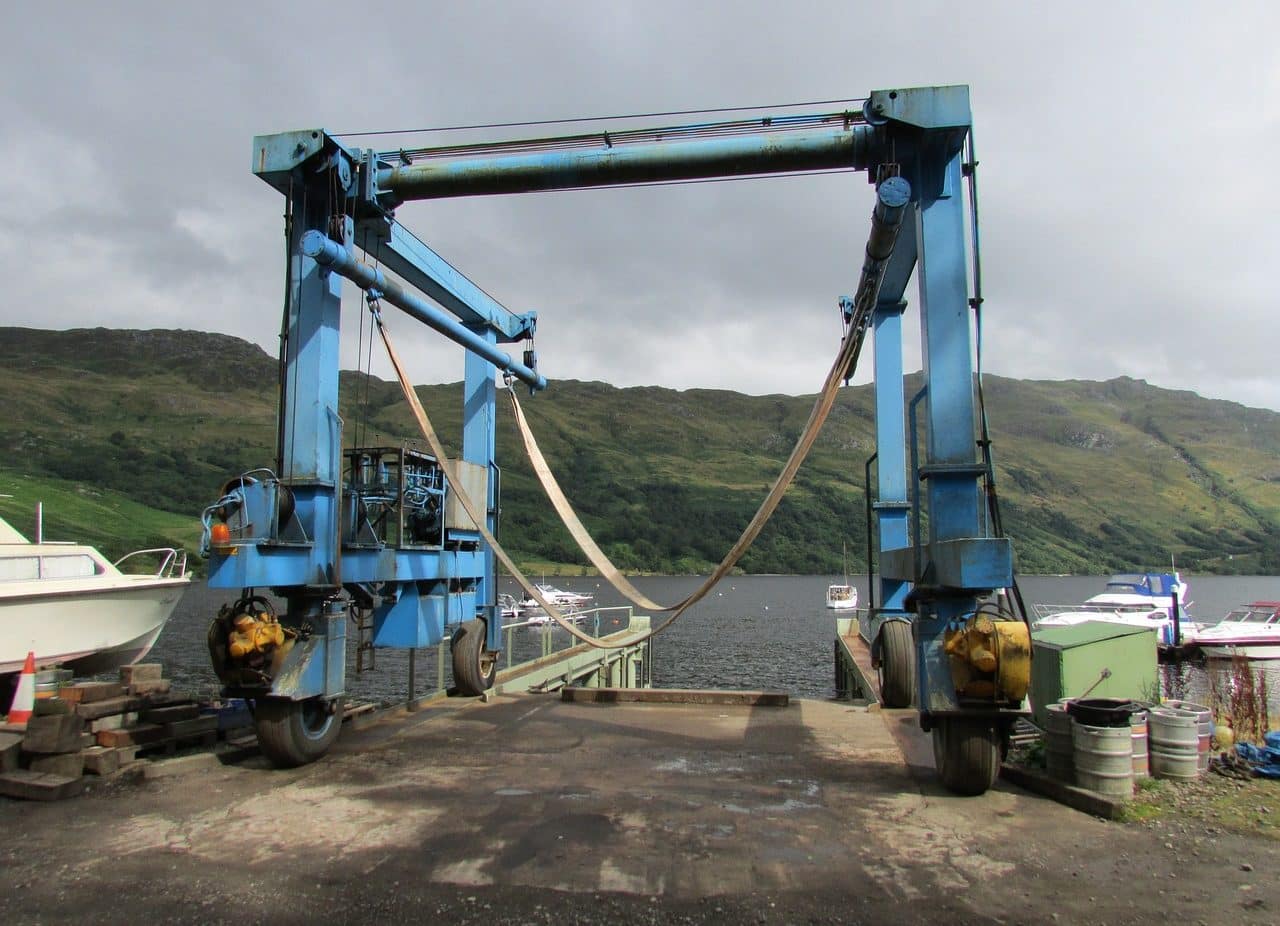
A hoist is assembled with a set of two pulleys.
A hoist is a machine made up of two sets of pulleys , one with mobility and another that is fixed . Through this system, it is possible to move or lift a heavy body.
What the hoist allows – a term that can also be mentioned as hoist – is to move something by applying a force less than the weight of the object. In this way, these tackles are widely used in factories and industrial facilities to move loads and materials. Hoists are often used, for example, to load and unload what arrives or needs to be sent via a transport truck.
There are multiple types of hoists, which are chosen according to the load that is planned to be moved. There are hoists that apply their power through electricity , others through levers and some, with manual force . Hoists, on the other hand, can move objects with the help of chains , ropes or cables , depending on the case.
In more advanced installations, hoists may have arms or be guided by rails that are installed on ceilings and allow the load to be moved throughout the factory or warehouse.
Factorial Hoist
A factorial hoist is one that has fixed pulleys and moving pulleys that share a mount. In a hoist of this type with four pulleys (two mobile and two fixed), the force that will have to be applied to lift a load will be equivalent to a quarter of the resistance .
The factorial hoist force formula is equal to the resistance (the weight of the load you want to lift) over 2 times the number of moving pulleys , all multiplied by the speed of gravity . For example, if the load is 50 kg and there are four moving pulleys, the force F necessary to lift it with a factorial tackle is equivalent to (50 kg / 2 x 4) x 9.8 meters over seconds squared; The result is 61.25 Newton.

Thanks to a hoist it is possible to move a heavy body.
A potential machine
A potential hoist , on the other hand, is made up of a pulley that is fixed to a point of resistance, located at a higher height than that of the object to be lifted, and by one or more mobile type pulleys. It is a simple machine, a physics concept that is defined as a mechanical artifact capable of transforming one movement into another, taking advantage of the incoming force to return a different movement in length, direction or magnitude.
The main function of the potential hoist is to move up or down objects that are too heavy to be handled solely by the strength of one person. It is worth mentioning that it is also possible to use it to perform movements in the horizontal axis.
Through a steel cable, a rope (also called rope or rope) or a chain hanging from a surface, the fixed pulley is threaded, and another pulley is also supported; At one of its ends the traction force is carried out. From the center of the second pulley, which is a floating type, another cable extends which also clings to the previous surface. Continuing with this scheme, it is possible to add as many pulleys as necessary, without forgetting that each one causes the weight exerted on the previous one to be reduced by half.
The resistance is applied to the axis of the pulley that is located at the end of the so-called train of pulleys . The formula to calculate the force of this type of hoist is the following: the weight P of the load over 2 raised to the number n of mobile pulleys that the hoist has. The variable to represent the force, in this case, is T.
